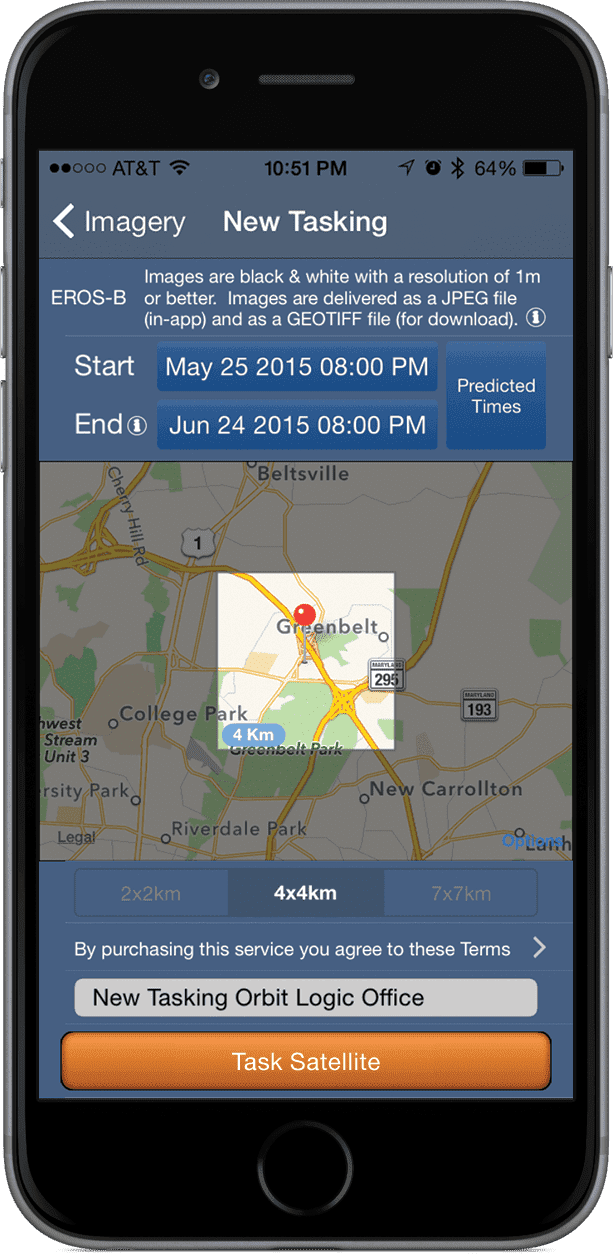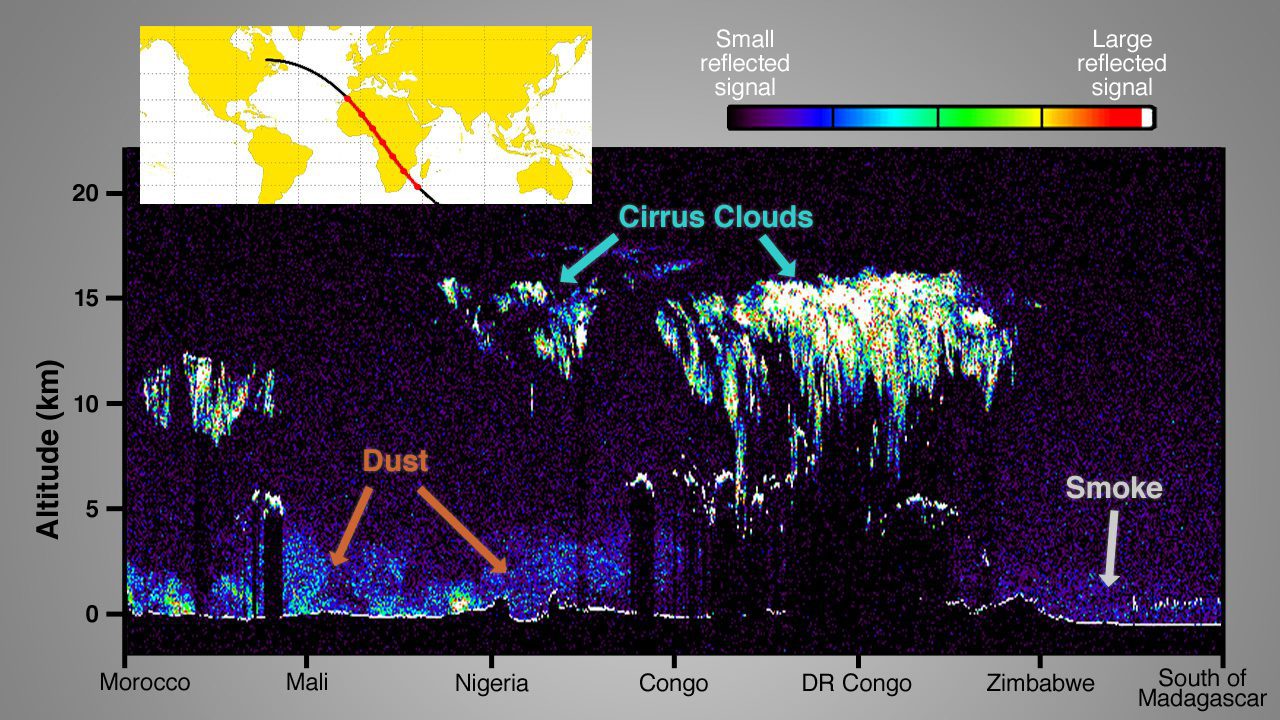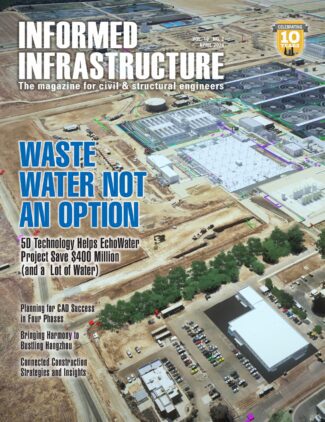Ever wondered what Geoinformatics was? It’s a thing! Geoinformatics has other names – Geographic Information Science and GIS. No matter how you see it, GIS has become a growing field in the technology industry. So, it’s no surprise that many universities in the...






